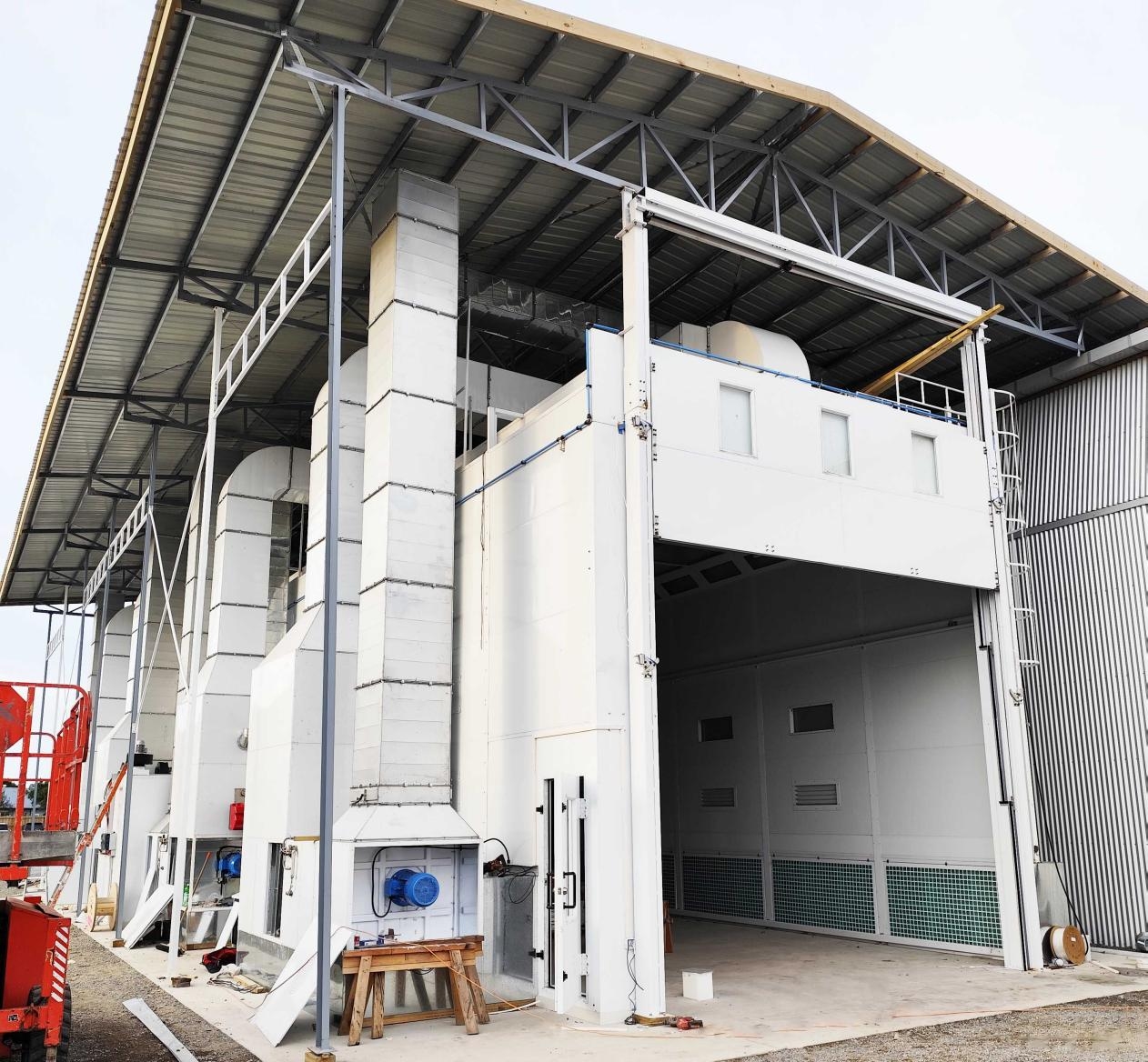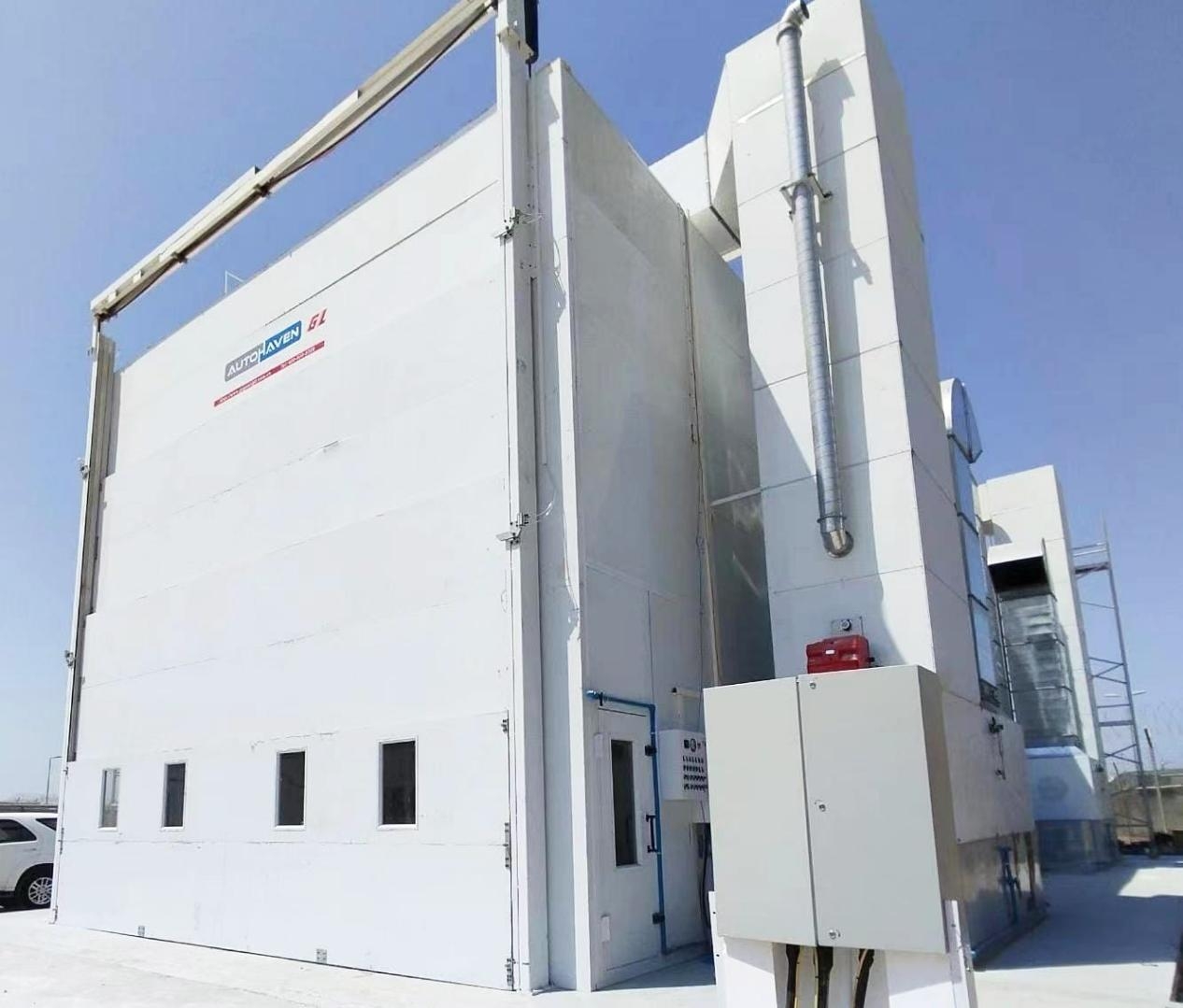The Role and Benefits of Industrial Cooling Water Chillers in Modern Industry
In today's fast-paced industrial world, maintaining the correct temperature is critical for ensuring the efficiency, safety, and longevity of machinery and processes. One essential piece of equipment that supports this need is the "industrial cooling water chiller". These systems are pivotal in a variety of sectors, from manufacturing and chemical processing to data centers and HVAC systems. In this blog, we’ll explore what industrial cooling water chillers are, how they work, their benefits, and why they are indispensable for modern industry.
What is an Industrial Cooling Water Chiller?
An industrial cooling water chiller is a sophisticated cooling system designed to lower the temperature of water used in various industrial processes. The primary function of this chiller is to remove excess heat from the water, which then circulates through different parts of a production system or machinery to absorb and carry away heat generated during operations.
The basic principle behind an industrial cooling water chiller involves a refrigeration cycle. This cycle includes the following components:
Evaporator: This is where the water to be cooled absorbs heat from the refrigerant. The refrigerant evaporates as it absorbs heat, cooling the water in the process.
Condenser: In this component, the refrigerant releases the absorbed heat to the surrounding environment, typically via a water or air-based cooling system.
Compressor: This device circulates the refrigerant between the evaporator and condenser, maintaining the flow and pressure of the refrigerant.
Expansion Valve: This regulates the refrigerant flow into the evaporator, ensuring proper pressure and temperature conditions.
How Do Industrial Cooling Water Chillers Work?
The operation of water cooled chiller starts with the water being pumped into the evaporator, where it absorbs heat from the refrigerant. As the refrigerant evaporates, the water is cooled to the desired temperature. The now warm refrigerant is then pumped to the condenser, where it releases the absorbed heat into the cooling medium (water or air). The cooled refrigerant returns to the evaporator, and the cycle repeats.
This continuous cycle ensures that the water remains at a stable temperature, which is crucial for maintaining process efficiency and equipment integrity.
Applications of Industrial Cooling Water Chillers
Water chillers are used across a broad spectrum of industries. Here are some notable applications:
1. Manufacturing: In manufacturing plants, these chillers help in cooling machinery and process fluids, which prevents overheating and ensures smooth operation.
2. Chemical Processing: They are used to control the temperature of chemical reactions, ensuring that the reactions occur within optimal temperature ranges and enhancing product quality.
3. Plastics and Extrusion: In the plastics industry, chillers are employed to cool molds and machinery, which improves product quality and reduces production time.
4. Data Centers: These chillers are crucial for cooling servers and other electronic equipment, preventing overheating and ensuring reliable operation.
5. HVAC Systems: In large commercial and industrial HVAC systems, cooling water chillers help maintain comfortable indoor temperatures by cooling the water used in the system.
Benefits of Industrial Cooling Water Chillers
1. Enhanced Efficiency: Industrial cooling water chillers provide precise temperature control, which is essential for optimizing industrial processes and improving overall efficiency.
2. Extended Equipment Life: By preventing overheating and maintaining optimal operating temperatures, these chillers help extend the lifespan of machinery and equipment, reducing maintenance and replacement costs.
3.Energy Savings: Modern industrial chillers are designed with energy efficiency in mind. They use advanced technologies and high-efficiency components to minimize energy consumption, resulting in cost savings.
4. Improved Product Quality: In many manufacturing processes, temperature control is critical for ensuring the quality and consistency of products. Chillers help maintain the required temperature, thereby improving product quality.
5. Environmental Impact: Many industrial cooling water chillers are now equipped with eco-friendly refrigerants and energy-saving features, contributing to a reduced environmental footprint.
Maintenance and Optimization
To ensure the reliable performance of industrial cooling water chillers, regular maintenance is essential. Key maintenance tasks include:
Regular Inspections: Periodic checks of the chiller’s components, such as the evaporator, condenser, and compressor, help identify and address potential issues before they escalate.
Cleaning: Keeping the condenser and evaporator clean prevents efficiency losses and extends the lifespan of the equipment.
Water Treatment: Proper treatment of the cooling water prevents scaling, corrosion, and biological growth, which can affect chiller performance.
Monitoring: Continuous monitoring of system performance helps in identifying inefficiencies and optimizing operations.
Future Trends and Innovations
The field of industrial cooling is constantly evolving, with new technologies and innovations driving improvements in efficiency and sustainability. Some notable trends include:
Advanced Control Systems: Integration of smart controls and sensors for real-time monitoring and optimization of chiller performance.
Eco-Friendly Refrigerants: Development of refrigerants with lower global warming potential to reduce the environmental impact of cooling systems.
Energy Recovery Systems: Implementation of systems that recover and reuse waste heat, improving overall energy efficiency.
High quality industrial cooling water chillers are a cornerstone of modern industrial operations, providing essential temperature control across various sectors. Their ability to enhance efficiency, extend equipment life, and improve product quality makes them indispensable for maintaining optimal operational conditions. By understanding their operation, benefits, and maintenance needs, industries can harness the full potential of these systems to achieve greater efficiency and sustainability. As technology advances, these chillers will continue to play a critical role in supporting the dynamic demands of contemporary industrial processes.










